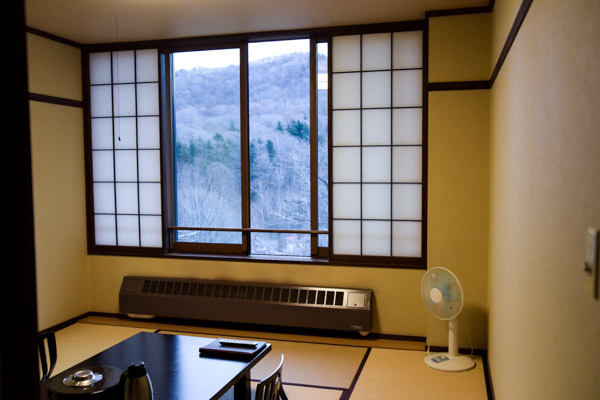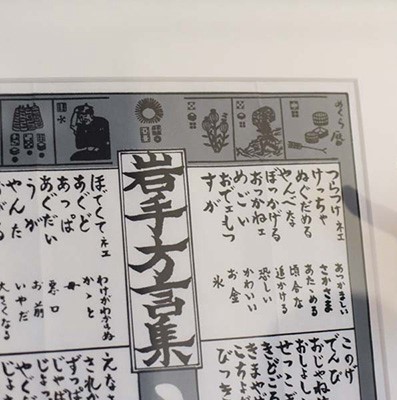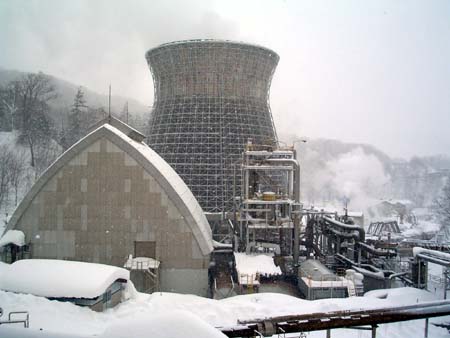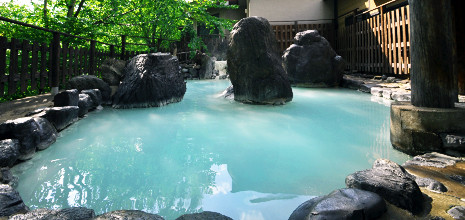History of Matsukawa Onsen
The history of Matsukawa Onsen dates back to the 11th century.
The hot springs of Matsukawa Onsen in central-western Iwate Prefecture have long been cherished as a therapeutic retreat, drawing people from distant homes to journey to this remote mountain location to experience their effects. The earliest records date back to the first decades of the 11th century, reporting that retainers of the Abe clan, appointed to defend the northern territories, discovered them. Moving into the 15th and 16th centuries, local Matsukawa legend holds that these hot springs served as a place for soldiers to heal their weary bones while wars raged among feudal lords.
The hidden location of Matsukawa Onsen lies in a hilly area surrounded by forests, at an elevation of approximately 850 meters above sea level, allowing visitors to escape the hustle and bustle and truly relax. Written records indicate this area was officially registered as a hot spring resort in 1743. In modern times, after the Hachimantai region was incorporated into Towada-Hachimantai National Park in 1956, more people began visiting to enjoy the hot springs. Even so, the local roads weren't paved until 1970.
The first commercial geothermal power plant was established in 1966.
When city authorities and lodging operators sought to develop Matsukawa's offerings in the early 1950s, a geological survey team discovered a reservoir of powerful steam instead of hot springs, which ultimately led to the establishment of the nation's first commercial geothermal power plant in 1966.
The baths at Matsukawa Onsen's lodgings draw water from natural hot springs. The power plant supplies hot water for kitchen use and provides ample steam energy for indoor heating, allowing guests to relax comfortably in cotton yukata even during the coldest winter baths.




Modern Matsukawa Hot Springs

For modern travelers, the healing sulfur springs of Matsukawa Onsen are less than a two-hour bus ride from Morioka, the prefectural capital. Yet, due to its location within the splendid environment of a national park, it is featured by the Japan Secret Hot Springs Preservation Society.

